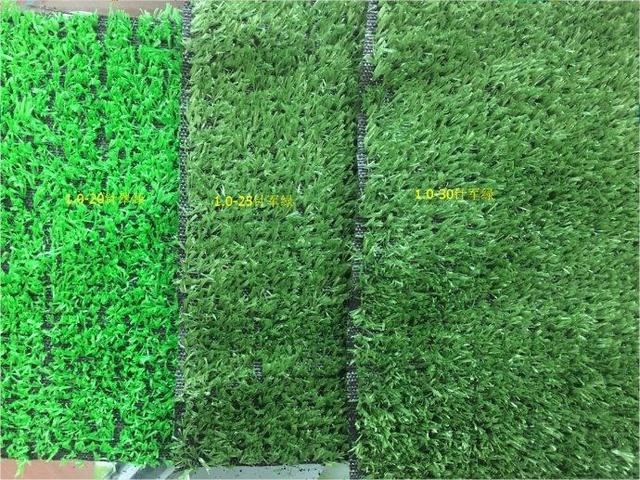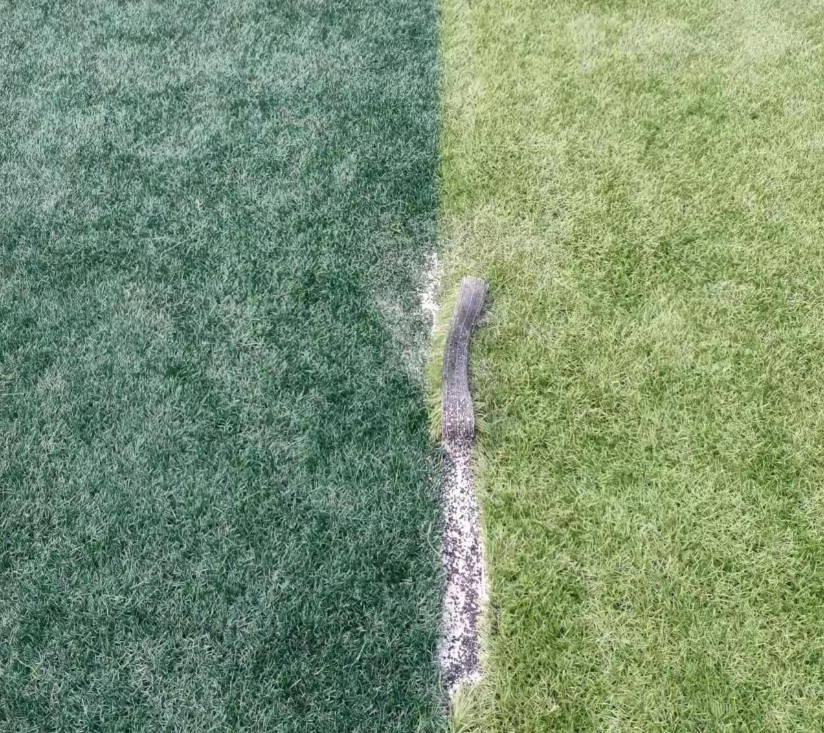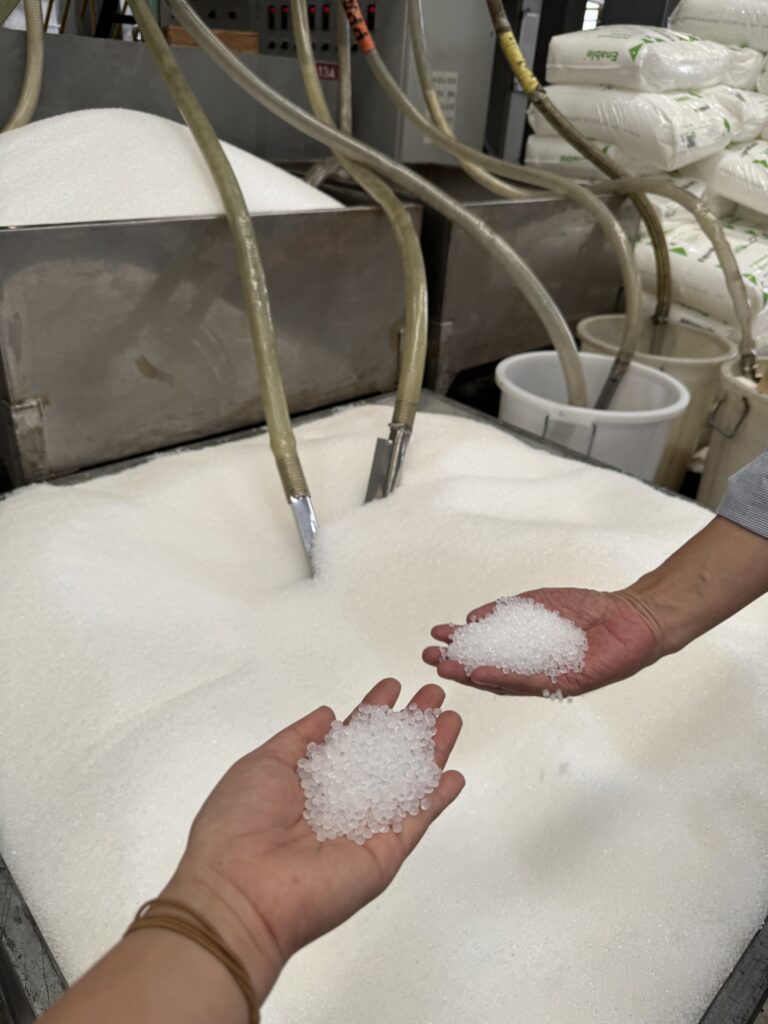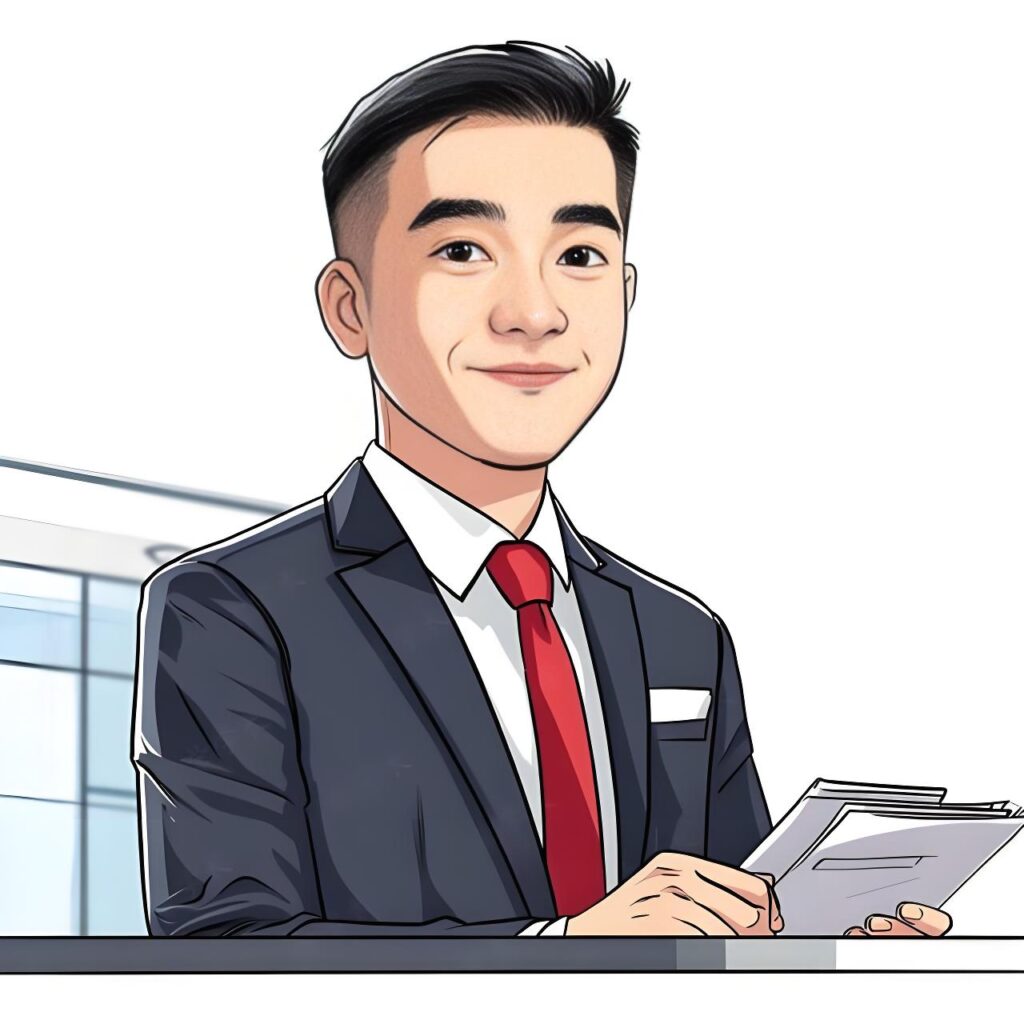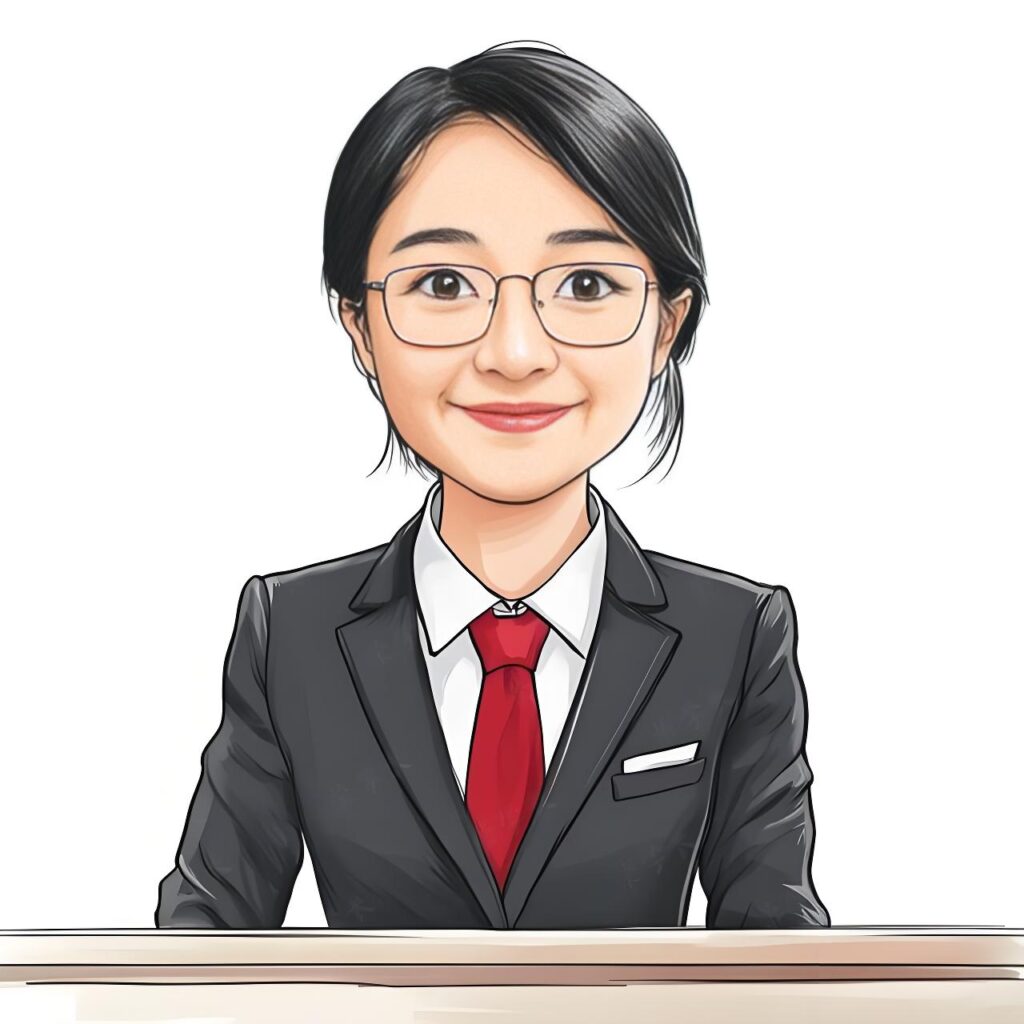1. Causes of Artificial Turf Fading and Brittleness
1.1 UV Radiation Exposure
- Prolonged exposure to sunlight (UV rays) breaks down the polyethylene (PE) or polypropylene (PP) fibers, leading to color fading and loss of elasticity.
- Inferior UV stabilizers in low-quality turf accelerate degradation.
1.2 Poor-Quality Materials
- Cheap backing materials and low-grade fibers deteriorate faster under environmental stress.
- Some manufacturers use recycled plastics that lack durability.
1.3 Extreme Weather Conditions
- High temperatures soften fibers, making them prone to wear.
- Freezing temperatures cause brittleness, leading to fiber breakage.
1.4 Chemical Exposure
- Harsh cleaning agents, fertilizers, or industrial pollutants can weaken turf fibers.
- Pet urine (if not cleaned properly) may degrade turf backing.
1.5 Heavy Foot Traffic & Improper Maintenance
- Excessive use (sports fields, playgrounds) causes fiber flattening and breakage.
- Lack of brushing, infill redistribution, and cleaning accelerates wear.
2. Impact on the Playing Field
2.1 Reduced Performance & Safety Risks
- Faded turf loses its visual appeal and may affect player visibility.
- Brittle fibers increase the risk of abrasions and uneven playing surfaces.
2.2 Shortened Lifespan
- Untreated fading and brittleness reduce turf lifespan from 8-10 years to 3-5 years.
2.3 Increased Maintenance Costs
- Premature deterioration requires more frequent repairs or replacement, increasing long-term expenses.
3. How to Fix Faded & Brittle Turf
3.1 Regular Maintenance
- Brush fibers monthly to prevent matting.
- Rinse with water to remove dust and pollutants.
- Use mild detergents (no harsh chemicals).
3.2 Apply UV Protectants
- Silicone-based sprays can restore flexibility and slow fading.
- Specialized turf coatings enhance UV resistance.
3.3 Replace Damaged Sections
- If fibers are severely brittle, patch-replace affected areas instead of full replacement.
3.4 Improve Drainage
- Clogged drainage leads to water retention, accelerating fiber breakdown.
4. How to Choose High-Quality Turf (Avoiding Future Problems)
4.1 Check UV Stabilization
- Look for “UV-resistant” or “high UV protection” labels (minimum 5,000+ hours of UV testing).
4.2 Fiber Material Matters
- Polyethylene (PE) – Best for color retention and softness.
- Nylon – Most durable but less soft (ideal for high-traffic areas).
- Avoid low-grade polypropylene (PP), which fades quickly.
4.3 Backing & Infill Quality
- Latex-backed turf lasts longer than polyurethane-backed turf.
- High-quality rubber/sand infill improves shock absorption and fiber support.
4.4 Warranty & Manufacturer Reputation
- 8+ years warranty indicates confidence in product durability.
- Choose established brands (e.g., Mango Sports).
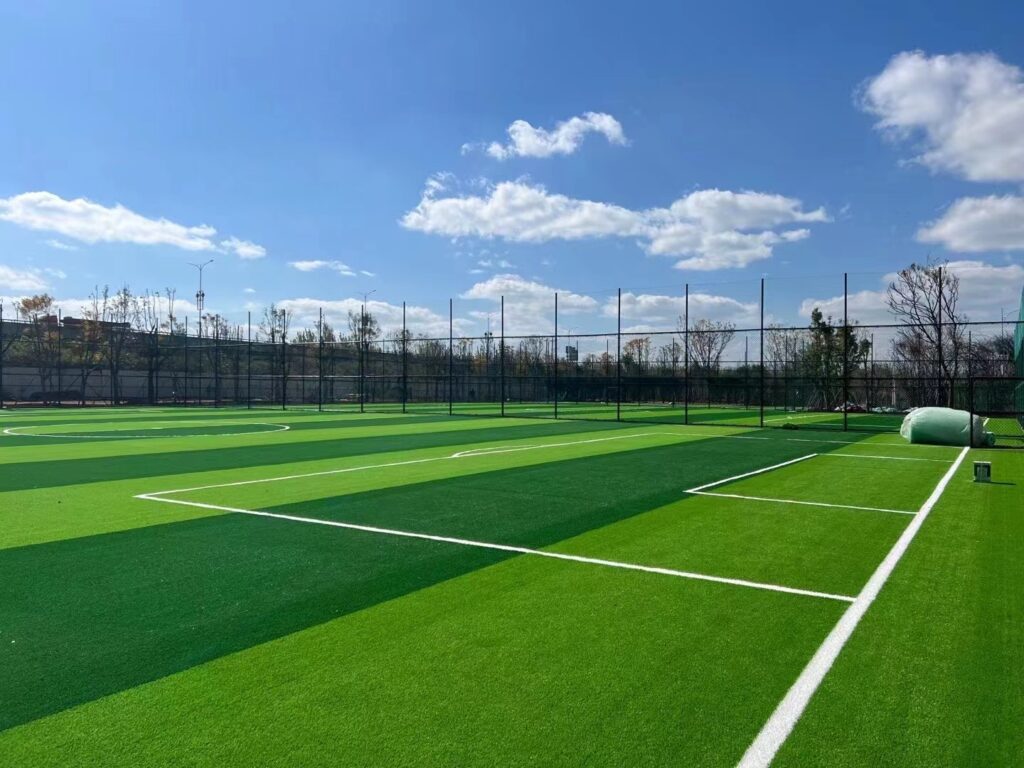
5. Conclusion
Fading and brittleness in artificial turf result from UV exposure, poor materials, and lack of maintenance. To extend turf lifespan:
✔ Use UV-resistant turf
✔ Follow proper maintenance
✔ Avoid harsh chemicals
✔ Choose reputable suppliers
By selecting high-quality turf and maintaining it properly, customers can ensure long-lasting performance and safety.
Would you like additional details on specific turf brands or maintenance schedules? Let me know how I can refine this further!
